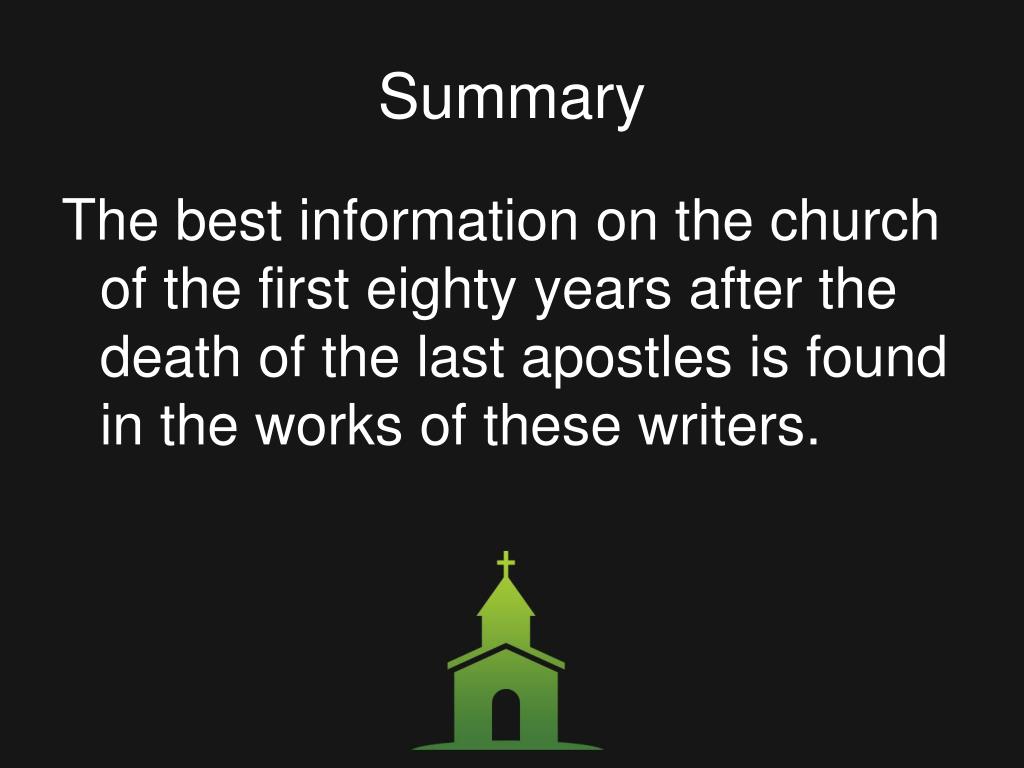

His work is intended as a description and a defence of ecclesiastical discipline. Writing in the name of the Roman community, Clement not only uses Old Testament examples, and analogies both Pauline and Stoic, but speaks explicitly of the succession of presbyter-bishops which has come down from the apostles. At Corinth there have been schismatic tendencies which have resulted in the deposition of some of the presbyters. The letter of Clement is a long treatise which deals with the necessity for humility and obedience to order and lawfully constituted authority. Probably it comes from a time well within the first century. A few scholars have set it at the end of the second century, viewing it as a pseudo-primitive (perhaps Montanist or anti-Montanist) work. More commonly the document as a whole is placed twenty years later, though it is recognized that it reflects earlier traditions.

Audet) have argued that it consists of two parts, of which one refers to the oral gospel, while the other refers to the written Gospel of Matthew he dates both parts before the year 70. The Didache thus clearly reflects a form of Jewish Christianity, although the date of its composition is a matter of debate. The church situation is one in which itinerant apostles and prophets are the leaders of the community, though they are being replaced by bishops and deacons. The moral instruction is based on Jewish models as are the prayers set forth for use at the Eucharist. The Didache consists of several chapters of moral instruction, followed by a handbook of liturgical and ministerial guidance and concluded by a brief apocalypse. These three are (1) the Didache, or Teaching of the Twelve Apostles, (2) the letter of Clement of Rome to the Corinthians (I Clement), and (3) the ‘epistle’ of Barnabas. Furthermore, it is likely that three of these writings are as early as many New Testament documents. This fact implies that at least for completeness’ sake we should say something about these writings when we deal with New Testament literature. In our discussion of the New Testament canon (Chapter 1) we observed that several books now included in it were not included by many Christians before the fourth century, and that some of the writings of the Apostolic Fathers were accepted as canonical, especially at Alexandria, at an earlier date. Grant Chapter 16: The Writings of the Apostolic Fathers A Historical Introduction to the New Testamentīy Robert M.


 0 kommentar(er)
0 kommentar(er)
